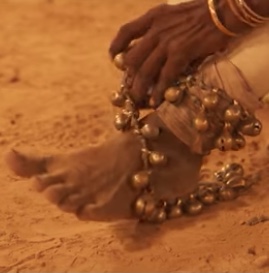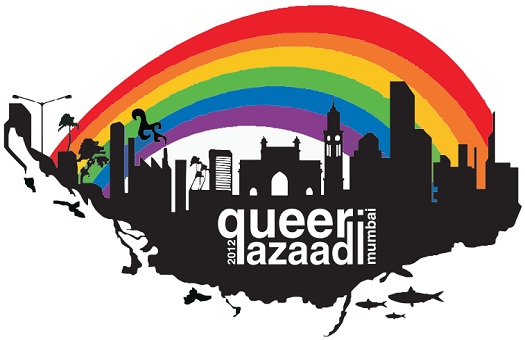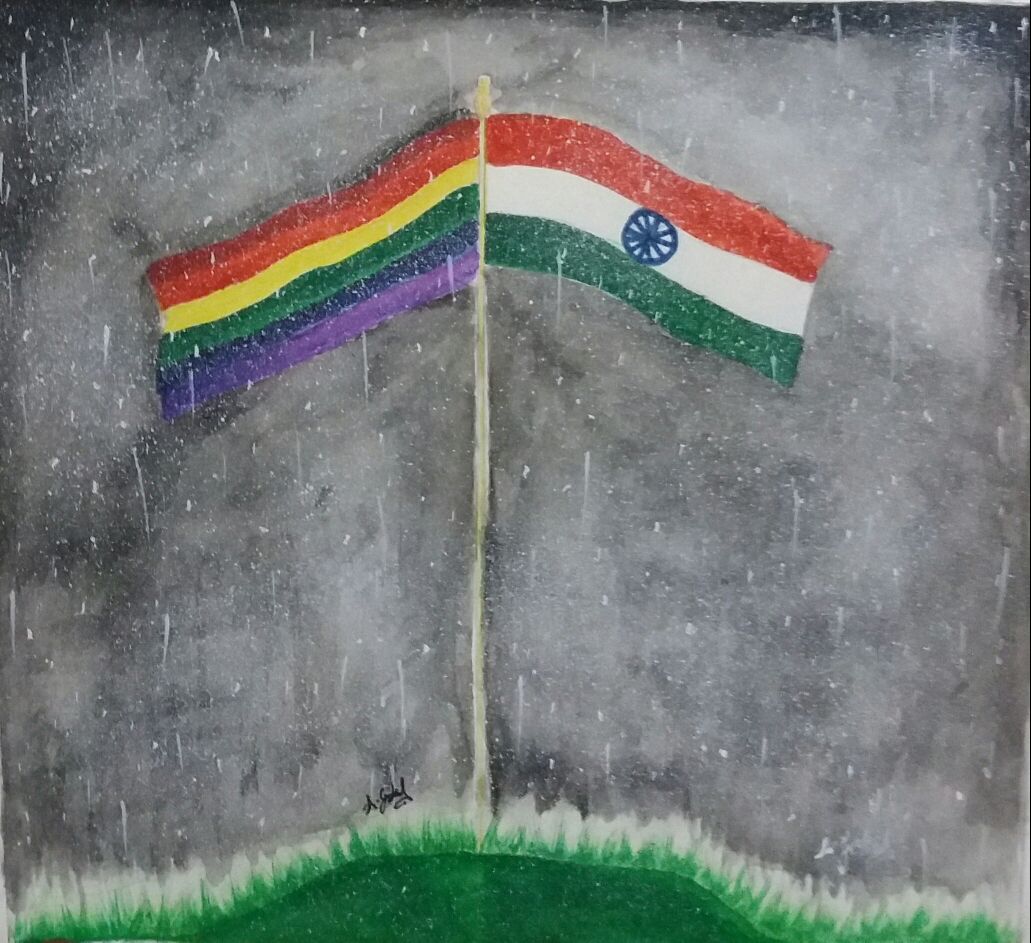Why we need to talk about Puliyagulam Selvaraj, father of Pariyerum Perumal

The level of influence mainstream Tamil cinema commands over its audience is unparalleled. Opinions and attitudes of Tamilians, including the diaspora, are hugely influenced by Kollywood. Subaltern voices have continuously challenged mainstream films when they have appropriated certain sections of society. The task becomes all the more important when popular films that are appreciated by majoritarian section are naïve towards minorities. Recent protests by fishermen communities against ‘VadaChennai; a movie hailed by critics and audience alike, is one such example.
Tamil cinema has always gloried machismo through its larger than life heroes and shunned anything that is remotely feminine. Until now gender minority characters are used either as an element of ridicule or as monsters. Likes of I and Aruvi have followed the tried and tested method of using blatant transphobic jokes to bring out laughter in theaters.

Pariyerum Perumal, in this context, is different from most of its predecessors. Puliyagulam Selvaraj, father of Pariyan, the protagonist, is a folk dancer who performs in drag. The movie presents a gender non-conforming character with significant importance in a positive shade, a huge step forward from clichéd psychopaths, sidekicks and street clowns.
Finally, a movie which is trying to create a dialogue against deep-rooted casteism in the society is also talking about gender minorities. This is a progressive move to create a unified voice against all forms of oppression. Though the intention behind the character is clearly a welcoming one, the portrayal and presentation of it are debatable and need to be looked upon critically.
The primary reason that this calls for a debate is the gender identity of Selvaraj, Pariyan’s father. The director has used elements such as pity, sympathy, pain, innocence and affection to humanize Selvaraj, but has made no attempt to examine the gender identity of the character. The audience members are left to interpret the gender identity of Selvaraj. It would be fair to assume that most would have perceived the person as a trans woman. Such assumptions are unhealthy. A basic thumb rule in any gender-sensitive environment is to never assume a person’s gender identity or sexual orientation. Unless an individual unambiguously expresses that they are transgender, they cannot be perceived as one. Going by this, Selvaraj can only be considered as a loving father who transgresses gender norms. Feminine mannerisms and performing in drag alone are not enough to qualify someone as transgender. To assume feminine men are trans women will only validate the notion of gender stereotypes and fall into the cliché of glorifying toxic masculinity.
It has been an unwritten rule in Kollywood that the moment film makers decide to cast trans feminine or non-binary characters they have to think of scenes to use terms like pottai and the number nine. Almost everyone from the Tamil queer communities would have faced these abusive terms, and movies play a huge role in legitimizing them. The obsession is such that in Movie I, the character Osma is admitted to room No 9 in hospital.
Pariyerum Perumal also has a scene where these terms are used against Selvaraj to abuse and bully them. Unlike its predecessors, the movie tries to reverse the abuse and attempts to show the damage created by these abusive terms and how they are always used by people with power. The terms here are not used by hero or comedian to ridicule and laugh at Selvaraj: they are used by the casteist thugs to abuse and bully an elderly person as an act of transphobia and caste based discrimination. The scene brilliantly portrays pain and violence inflicted upon gender minority people. Especially with the gruesome act that follows, it sends a clear message on how verbal and physical abuse go hand in hand and why both need to be addressed.
Though some of us from the community did not find this particular scene to be offensive, a few others did and wanted the words to be muted. This moment presents an opportunity for gender minority communities to discuss and debate on how we want to approach mainstream cinema. Do we demand the banning offensive terms for good, or or do we look at the context and go case by case. Do we really think we can erase the words from vocabulary of cis gender people by censoring the movies?
Finally, the part where Selvaraj is attacked, stripped, molested and chased away. The part that made me shiver, cringe and find it very hard to sit through. Though reality is not much different for gender minority people from working class and oppressed caste sections of society, the aftermath scenes as shown in the movie need to be scrutinized. After such gruesome violence, the movie shows no action against the criminals. No legal action is taken; the police are nowhere to be seen. Pariyan is shown to be in anger and ready to go on a violent spree to avenge his father, but her mother intervenes and normalizes the violence, as it is not the first time his father has been abused. In a society where gender minority people face sexual violence from all quarters, the last thing we need is for the victims to normalize rape and violence. What is the takeaway for mainstream audience if a progressive film normalizes sexual violence?
Interestingly, the film is censored to be suitable for all audience with “U” certificate. This brings out the question: do we even consider the gruesome act against Selvaraj as sexual violence? Or do we only consider it so if it is performed against a female body? How easy it is to erase atrocities committed against non-female bodies in Indian society!
To conclude, Pariyerum Perumal is an honest attempt to humanize gender non-conforming individuals. In spite of its flaws, the movie will appeal to mainstream heteronormative audiences, and perhaps contribute to creating an inclusive society.





